In 1999, the population census in the Republic of Belarus showed that 37% of citizens consider Belarusian as their native language. At the 2009 census, only 23% named it as their native. Many other sociological studies also showed that Belarusians use their native language less and less. The fact that the situation with the Belarusian language is threatening was also recognized by UNESCO experts: in the Atlas of the World's Languages in Danger, Belarusian is designated as vulnerable (vulnerable, weakened) – this is the first of four steps on the road to extinction. And if the situation does not change in any way, the Belarusian language will pass them quickly.
In the Atlas of the World's Languages in Danger, Belarusian is designated as vulnerable – vulnerable, weakened
Many European languages \u200b\u200bvanished along with their speakers. The reason for this, as a rule, was wars of conquest, after which the aggressor countries assimilated the population in the conquered territories, depriving people of culture and language. Belarus is no exception. After at the end of the 18th century the then three million population of these lands was ceded to the Russian Empire, the new government began to destroy the Belarusian language. For 200 years, most Belarusians have abandoned the use of their native language.
In the 21st century, Russia continued its aggressive imperial policy. On the eve of a full-scale invasion of Ukraine, Vladimir Putin bluntly stated that neither the Ukrainian state nor the Ukrainian nation should exist. After that, there can hardly be any doubt that the Russian president has a similar attitude towards another post-Soviet neighboring Slavic country and its people. The Russian authorities have been stubbornly arguing for centuries that Belarusian, like Ukrainian, is only a dialect of the Russian language. However, even with a superficial glance at history, it becomes obvious that Belarusian is an independent language with uniqueness and originality.
How the Belarusian language appeared
Belarusian was significantly different from Russian and other Slavic languages already at the time of the first mention of it. For the first time, historical documents in the Belarusian language appear after the adoption of Christianity by Belarusians. In 986, the Belarusian lands were baptized by the Icelandic missionary Thorvald Konradsson. However, even then Belarusians began to write not according to the rules of the Church Slavonic language, but according to their own. Later – in the XIII-XVI centuries – Belarus was part of the Grand Duchy of Lithuania, which in the XIV century became the largest state in Europe. In addition to the Belarusian lands, the principality included the territories of the modern Baltic states, as well as Ukraine, Russia and Poland.
Belarusians in this period and until the end of the 18th century were called Litvins. The political leadership of the Grand Duchy of Lithuania used the Belarusian language when corresponding with the rulers of Eastern European countries. Peace and trade agreements, the most important state acts and other documents were signed in Belarusian. Russian lands, meanwhile, were under the Tatar-Mongol yoke. Accordingly, it cannot be argued that Belarusian existed as a dialect of Russian during this period, because the Belarusian language was the state language in the largest power in Europe, while the Russians did not have an independent state at all.
The language of the Belarusians was the state language in the largest power in Europe
Speaking about the history of the Belarusian language, it is impossible not to mention the name of Francysk Skaryna, who played a huge role in the birth of the entire East Slavic book printing. This person is put on a par with such famous figures of world culture of the Renaissance as Leonardo da Vinci, Raphael and Jan Amos Kamensky. Skaryna went down in history as the "father of Eastern European book publishing": it was he who first printed the Bible in Old Belarusian in 1517. Thus, Belarusian became the first of the East Slavic languages, in which book printing began. The heritage of Francysk Skaryna includes 520 books, many of which are in Russia, Poland, the Czech Republic, and Germany.
The Belarusian language became the first of the East Slavic languages, in which the printing of books began
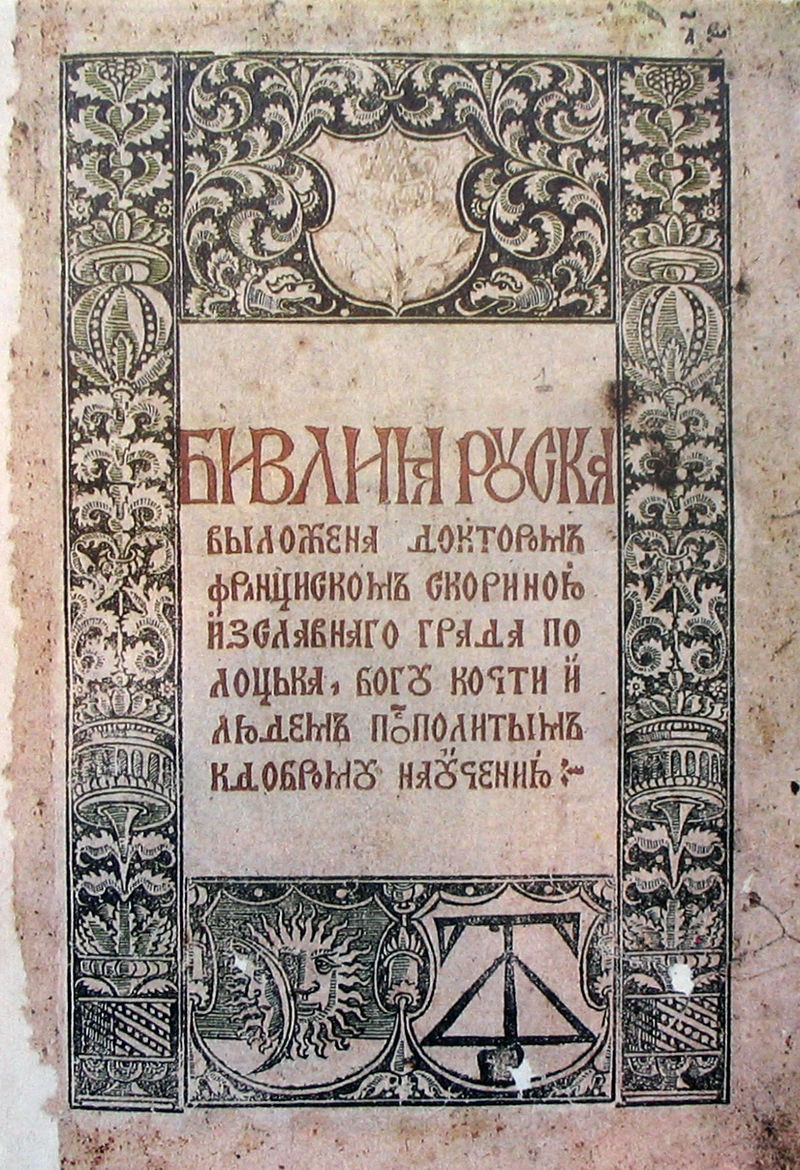
Belarusian alphabets
The unique features of the Belarusian language, which distinguish it from other Slavic ones, include the use of three alphabets – Cyrillic, Latin and Arabic. Arabic writing came to the Belarusian land along with the Tatars, who began to settle on the territory of the Grand Duchy of Lithuania in the XIV-XV centuries. Living among the Belarusians, the Tatars mastered their language, gradually forgetting Arabic and Tatar, but retaining the use of the Arabic alphabet. Later they were forced to translate their religious books into Belarusian. This is how Belarusian-language books written in Arabic letters appeared. They are called kitabs.
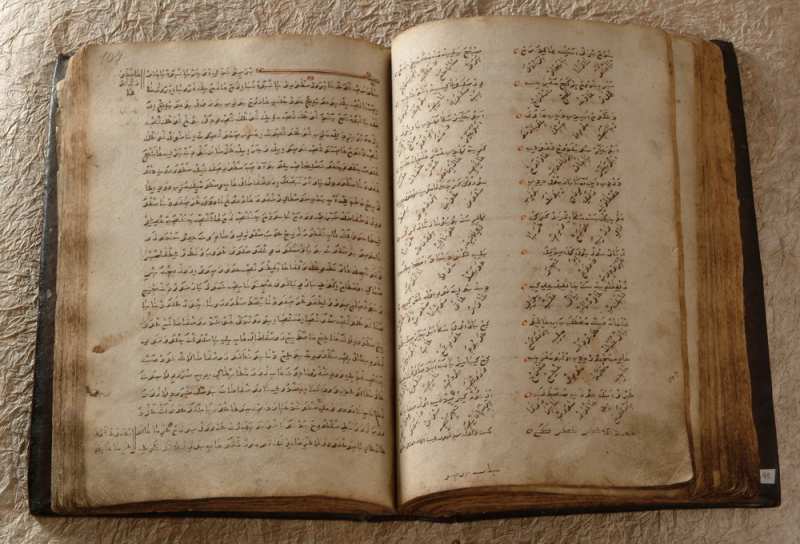
The Polish language contributed to the emergence of the Latin alphabet. In 1569, the Grand Duchy of Lithuania and the Kingdom of Poland signed the Union of Lublin and created a new state – the Commonwealth of Both Nations. In fact, it was the entry of the Grand Duchy of Lithuania into Poland. Fearing defeat in the war against the Russian principality, the rulers of Lithuania were forced to take such a step. The Polish gentry was in no hurry to provide military or any other assistance to the ON, without receiving anything in return. In the era of the Commonwealth, the Belarusian Latin alphabet, or “Latin”, appeared.
The Belarusians, being, in fact, part of Poland for more than two hundred years, managed to preserve their language and culture, despite pressure from the Polish authorities. Polonization failed. About 90% of the population of Belarusian lands lived in villages, and there was no general education system at that time, so no one could force Belarusians to speak Polish. However, the Latin alphabet not only penetrated into the language of the Belarusians, but also played a gigantic role in its development. It was in the Latin alphabet that the modern Belarusian language was formed. By and large, everything that was written in the 19th century was written in Latin.

At the end of the 18th century, the Commonwealth collapsed, and without exception, all Belarusian lands were ceded to the Russian Empire. Since then, the Belarusian language has been subjected to serious persecution. And first of all, the Latina suffered. However, despite this, many famous Belarusian writers created their works using the Latin alphabet: Jan Chechot, Pavlyuk Bagrim, Vincent Dunin-Martsinkevich, Francis Bogushevich, Adam Gurinovich.
In the Russian Empire, "Latin" was associated not only with religion (with Catholicism), but also with ideology and politics. The choice of the Latin alphabet meant oppositional views, free-thinking, Western European orientation. The revolutionary Kastus Kalinowski, who raised an uprising in 1863-1864, could only choose "Latin". He published the first Belarusian-language newspaper "Muzhitskaya Pravda" in Latin. Kalinovsky's uprising was brutally suppressed by the Russian authorities, after which a ban was imposed on printing in Latin-Polish letters. In 1904 this ban was lifted. However, during the 20th century, writing the text in Belarusian Latin gradually fell into disuse and continued to be used mainly by Belarusians in exile.
After Belarus gained independence in 1991, interest in the Belarusian Latin alphabet revived – it begins to appear in print media and on the Internet. So, in 1993, one of the issues of the Nasha Niva newspaper was published entirely in Latin. Today, “latinka” is a living, albeit unofficial, Belarusian alphabet, which some Belarusians choose for everyday writing.
Today, “Latin” is a living, albeit unofficial, Belarusian alphabet.
The Cyrillic Belarusian alphabet also has its own characteristics that distinguish it from all other Slavic languages. Here, first of all, it is worth mentioning a unique letter, which Belarusians consider almost a national treasure – “Ў” (“U unsyllabic” – Russian “U non-syllabic”, or “U short”). In fact, this is an analogue of the letter "Y y", only for "Y y". This letter is pronounced in the same way as the English "W w". According to some scholars, the Cyrillic alphabet was initially poorly suited for the transmission of local phonetics, and for the first time the letter “Ў” appeared only in the 19th century in the Belarusian Latin alphabet, and in different versions. Only in 1881, in the Krakow edition of "Belarusian Dudka" by Francysk Bagushevich, it takes its modern form – "Ў".
Today, Belarusians honor this letter, considering it one of the objects of national pride. A monument was even erected in her honor in Polotsk. And in Belarusian cities you can find bars, bookstores and other various establishments, which are called “Ў” (“U unpretentious”).
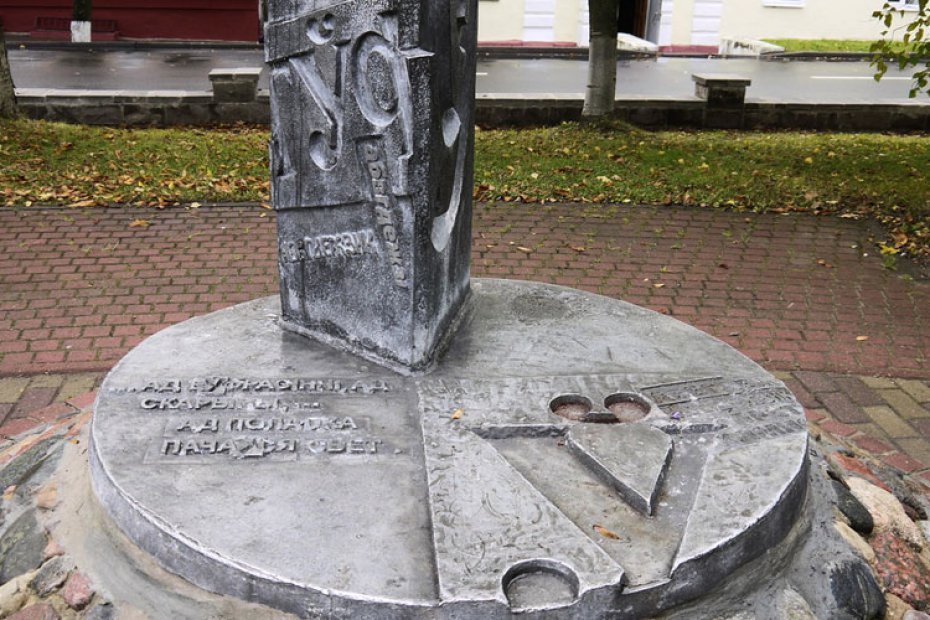
The Cyrillic Belarusian alphabet was formed first in the 10th-16th centuries, and then – from the first half of the 20th century, since in the 16th-20th centuries. Belarusians did not have statehood.
Soviet power and the Belarusian language
In 1920–1921, an armed conflict broke out between Soviet Russia and Poland, as a result of which, on March 18, 1921, the Riga Peace Treaty was signed, according to which the western Belarusian and Ukrainian lands were ceded to Poland. Thus, almost half of the territory of modern Belarus became part of the new Polish state and belonged to it until 1939. That part of Belarus that remained part of Soviet Russia was transformed into the Belarusian Soviet Socialist Republic. In the 1920s, a process began here that went down in history as “Belarusization”. During this period, the Soviet government did not prevent the opening of Belarusian schools, as well as the printing of Belarusian-language newspapers and books. There were four state languages in the BSSR in the 1920s: Belarusian, Russian, Yiddish and Polish.
However, in 1929, tragic events began to occur again in the history of the Belarusian people and their culture. People, reviving everything Belarusian, began to be physically destroyed, and the process of Belarusianization was actually curtailed. The Bolsheviks understood that the spread of the Belarusian language and culture would lead to an increase in the national self-consciousness of the Belarusians and the desire to create an independent state.
The Bolsheviks understood that the spread of the Belarusian language and culture would lead to an increase in national identity
In just one night – from October 29 to October 30, 1937 – more than a hundred representatives of the political and economic elite, Belarusian writers, cultural and art workers were shot near Minsk. As a result, by 1939, only a dozen people survived from the entire Union of Writers of the BSSR. They were killed precisely so that the Belarusian language would disappear. In 1938, compulsory study of the Russian language was introduced in Belarusian schools. In 1939, Belarus was renamed Belarus, and the Belarusian language began to be called "Belarusian" instead of "Belarusian". True, the word "Belarusian" is used in Russian even now, as it comes from the name of the country Belarus.
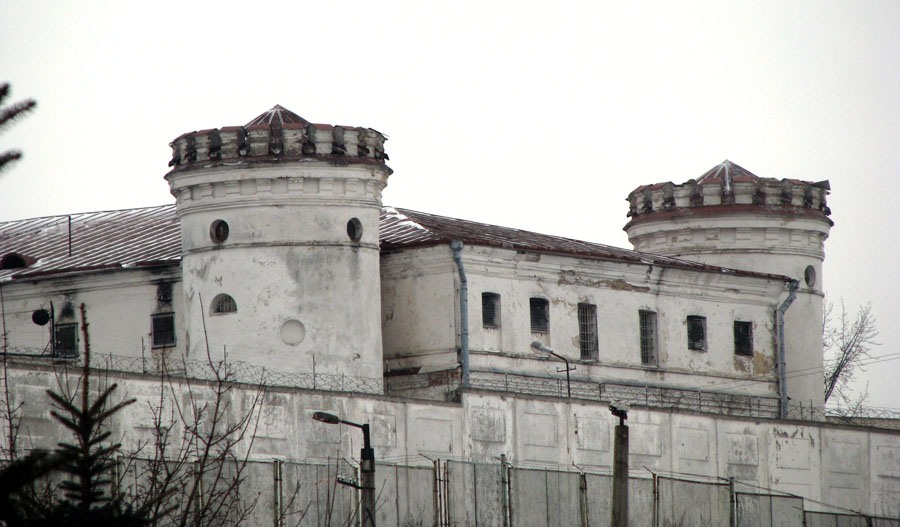
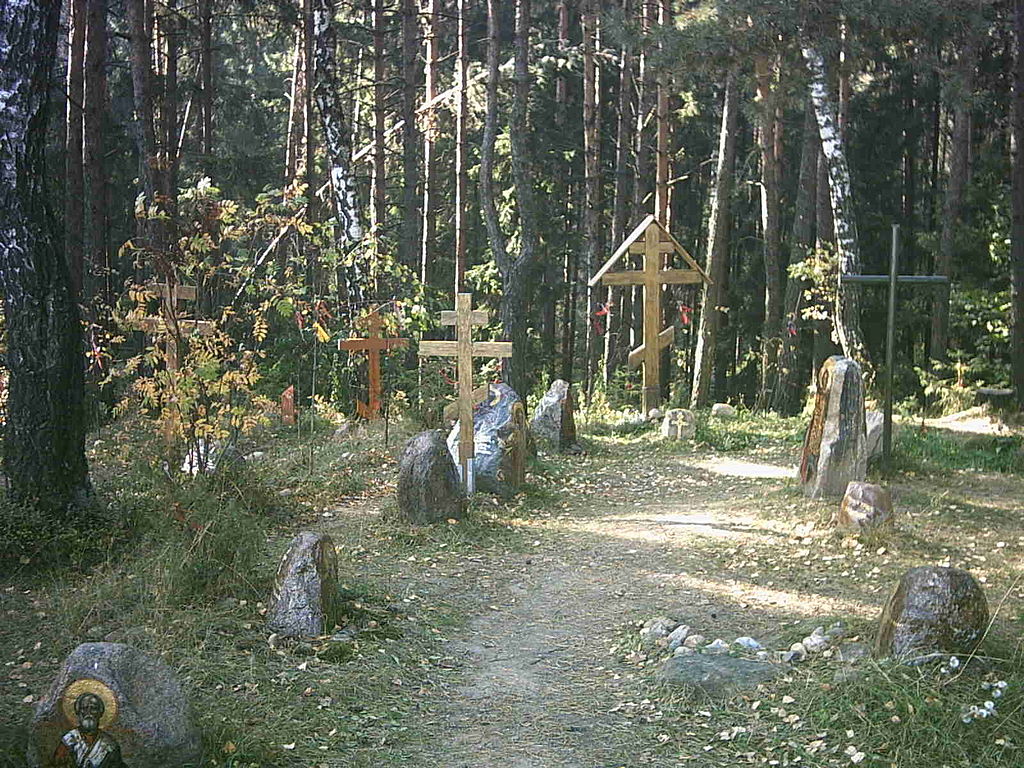
On August 26, 1933, the government of the BSSR adopted a resolution "On the change and simplification of spelling." The grammar of the Belarusian language has become similar to Russian. In this form, the Belarusian language still exists, with the exception of minor amendments made by the Ministry of Education in independent Belarus after 1991.
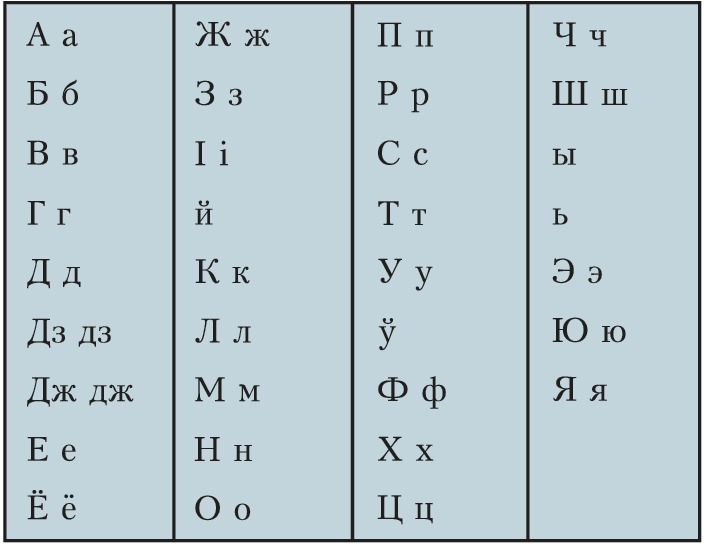
Lukashenka and Russian as the “language of the future”
The scope of the Belarusian language began to shrink rapidly in the 1950s–1980s. The circulation of publications in Belarusian was reduced, and schools were massively translated into Russian. Nikita Khrushchev gave another impetus to all this – speaking in 1959 in Minsk, he declared that Belarusians would be the first to come to communism, since they were the first in the Soviet Union to switch to the "language of the future" – Russian. In 1960, Pyotr Mosherov became the head of Soviet Belarus. He, realizing the ideas of Khrushchev, gave rise to an accelerated transfer of schools from Belarusian to Russian. Thus, in 1985, only 23% of schools in the republic taught in Belarusian. And for the village youth, who went to study or got a job in the cities, knowledge of the Russian language became a necessity. The Russian language, in fact, has been transformed from a means of international communication into the main language of Belarusians. This happened both by force and with the help of local officials who wanted to curry favor with Moscow.
In 1991, Belarus gained independence, and it was difficult to imagine what could now prevent the resurrection of the native language of Belarusians, because the country was no longer occupied. However, this time the process of "Belarusization" did not last long at all – only until 1995.
Alexander Lukashenko won the presidential elections in 1994. One of the first questions that interested him was giving the Russian language the status of a second state language. In 1995, on his initiative, a nationwide referendum was held, which decided whether or not there would be a “bilingual” existence of Belarus, and also whether the state flag and coat of arms of Belarus would be replaced with Soviet ones (though slightly modified). According to the results of the referendum, the Russian language received the status of the second state language, and the flag and coat of arms were replaced with the options proposed by Lukashenka. The president also received the right to dissolve parliament. The referendum was not recognized by the countries of Europe, but the Kremlin was greeted with a bang: the statement of the State Duma said that it "with enthusiasm accepted the results of the direct expression of the people's will on May 14, 1995, which confirmed the steady desire of the Belarusian people to unite with Russia."
Lukashenka, who dissolved the parliament and appointed an executive branch loyal to him, including defense ministers, interior ministers and the head of the KGB, began to establish an authoritarian regime. Journalists, independent media, opposition politicians were subjected to repression, expulsion from the country and even murder. At the same time, Lukashenka began rapprochement with Russia. On January 6, 1995, he signed an agreement on the customs union between Russia and Belarus, and on January 26, 2000, an agreement on the creation of the Union State.
At the same time, Belarusian-language educational institutions began to close in Belarus, and the number of state-owned media in the Belarusian language was reduced. According to many political scientists, in those years, Lukashenka dreamed that he would be able to become president of Russia. He probably expected that within the framework of the Belarusian-Russian union, citizens of the Republic of Belarus would be able to run for president of the common Union State. These assumptions were confirmed by public statements by Lukashenko, in which he hinted that he would like to rule in the Kremlin.
However, Lukashenka's political appetites had to be curtailed over time, especially after Putin came to power. But the persecution of the Belarusian language did not stop even after the Belarusian dictator's dreams of a Russian presidency were dispelled. After all, the destruction of everything Belarusian in the country was not connected only with Lukashenka's desire to curry favor with Moscow. The point here is also different: the Belarusians, who supported their native culture and language, as a rule, opposed the dictatorship, and this is a direct threat to Lukashenka's power.
Belarusians who supported their native culture and language, as a rule, opposed the dictatorship
Belarusian-speaking residents very often represent both the cultural and political elite of the country. They support the fight against authoritarianism and are in favor of holding fair elections, and are also more often supporters of a pro-European course. Simply put, today Belarusian is the “language of the opposition”. Thus, all Belarusian-speaking communities, organizations, parties, educational institutions in Belarusian, as well as cultural figures, officials and politicians who speak their native language – they all pose a threat to the power of the dictator.
Therefore, Lukashenka decided to destroy the "dens" of nationally oriented Belarusians, which means that his interests now included the destruction of any "Belarusian-speaking cell" in the country. First, the nationally oriented opposition was defeated (albeit not completely), then large Belarusian-language educational institutions.
One of the loudest was the closure of the Humanitarian Lyceum named after Yakub Kolas. It was opened in 1990 and almost immediately became a prestigious educational institution, it had branches in several cities of Belarus. Serious conflicts with the Belarusian authorities began in the lyceum in the mid-1990s. After unsuccessful attempts at liquidation, in 1998 it was renamed the Yakub Kolas National State Humanitarian Lyceum. Later, in June 2003, the Council of Ministers of Belarus adopted a resolution on the liquidation of the lyceum. But de facto the educational institution survived. Today lyceum students study underground.

Extermination of language
The biggest blow to the existence of the native language in Belarus was the massive closure of Belarusian-language schools. If under the Soviet Union they were closed primarily in large cities, then under Lukashenka this policy only intensified and spread to small towns. Thus, in those small settlements where they used to speak Belarusian or Trasyanka – a mixture of Belarusian and Russian – now they began to use only Russian more often.
In neighboring Ukraine, starting from 1991, all conditions were created in which it would be more profitable for a child to learn Ukrainian from childhood, since most of the higher and secondary specialized educational institutions are Ukrainian-speaking. When applying for a job, it is also desirable to have a good command of Ukrainian. In Belarus, everything happened exactly the opposite: young Belarusians have no motivation to learn their native language, since it is unlikely to be useful anywhere in the future. In Belarus, knowledge of the native language will not be required when filling out official documents – from a certain moment they became Russian-speaking, and not bilingual, as Lukashenka initially promised. All legal papers in Belarus, as a rule, are drawn up in Russian. Police, ambulances, armed forces and rescue services all use Russian exclusively. A Belarusian policeman is unlikely to be able to draw up a report in their native language, and a doctor is unlikely to be able to write a medical report in Belarusian.
Belarusian policeman is unlikely to be able to draw up a protocol in his native language
The government of today's Belarus, of course, is beneficial if the media space is Russian-speaking. After all, an artist who sings songs in his native language, and is gaining popularity and gaining a huge audience, is a real nightmare for the regime. Therefore, Belarusian-speaking musical performers, poets and other artists often hid their work underground, and many of them even went abroad because of the threat of political persecution. Almost all state-owned media have also been translated into Russian. In 1956–2001, there was only one TV channel in Belarus, and it was in Belarusian language. However, it was on the initiative of Lukashenka that he began to broadcast in Russian, other channels that appeared since 2001 broadcast exclusively in Russian.
Soviet, and later Russian and “Lukashenko’s” propaganda often tried to spread the opinion that Belarusians themselves do not need the Belarusian language, since neither Belarusian youth nor older people are outraged by the lack of a native language in their country, but use Russian with pleasure. However, to refute this, one can cite those historical periods when the occupying Russian authorities eased the oppression of the Belarusian language – during these times, “Belarusization” immediately resumed: Belarusian schools, universities, lyceums were opened, a huge number of works of art were created in the native language. In the 1950s-1980s, musical groups singing in Belarusian were very popular, not only among Belarusians, but also among the entire population of the USSR. The most famous of them are "Pesnyary", "Syabry", "Verasy".
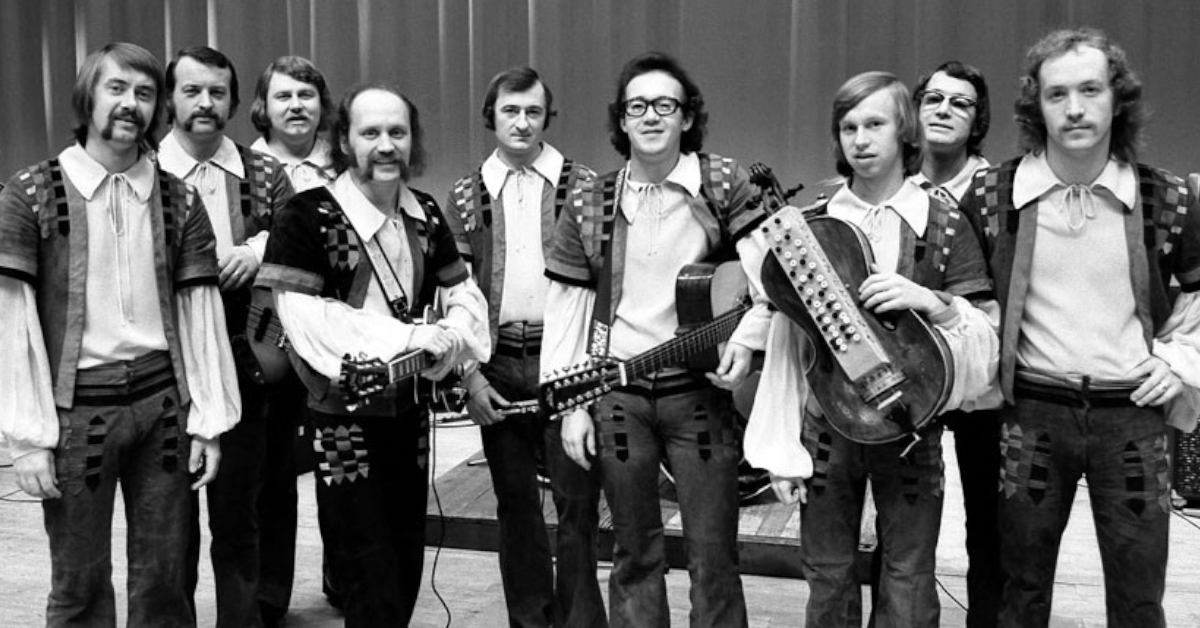
Revival of the Belarusian language
The population of Belarus did not oppose and did not ask for the return of education in Russian during the periods of “Belarusization”. There was no opposition to the Belarusian language in 1991-1995, when most of the population was already Russian-speaking. Moreover, there is another paradox – since 1991, despite the infringement of the Belarusian language by the authorities, the interest in it among the population is still growing. First of all, we are talking about young people – a new generation has grown up in independent Belarus, who did not live in the Soviet Union and do not consider Belarus a part of Russia. The attractiveness of the native language for Belarusians is evidenced by the appearance of Belarusian-speaking musical performers – there are significantly more of them than in previous decades. The amount of content in the Belarusian language is also growing on social networks. Proof of the increased attention to the native language are the Belarusian signs of restaurants, cafes and shops, which are increasingly found on the streets of cities.

The “political maturation” of the nation also contributes to the interest in the Belarusian language. It is impossible not to notice a tendency when people who begin to consciously relate to the socio-political life of the country also show a penchant for their native language. Lukashenka's regime, being still an informational autocracy, and not a totalitarian dictatorship, allowed processes to take place in which the Belarusian society began to show interest both in liberal values and in national culture.
Belarusian is an independent and unique language. Its grammar and vocabulary have been modified over the centuries and formed in such a way as to adapt to the phonetic features of the pronunciation of Belarusians. The population of Belarus itself, during the hours of easing repressions against their native language, immediately began to revive it. However, today, due to Lukashenka's repressive policy, Belarusians can only try to revive their native language while abroad. Inside the country, conditions have been created under which residents do not need to learn, and even more so use Belarusian in everyday life. This may lead to the rapid disappearance of the native language of Belarusians if the situation does not change in the coming decades.


